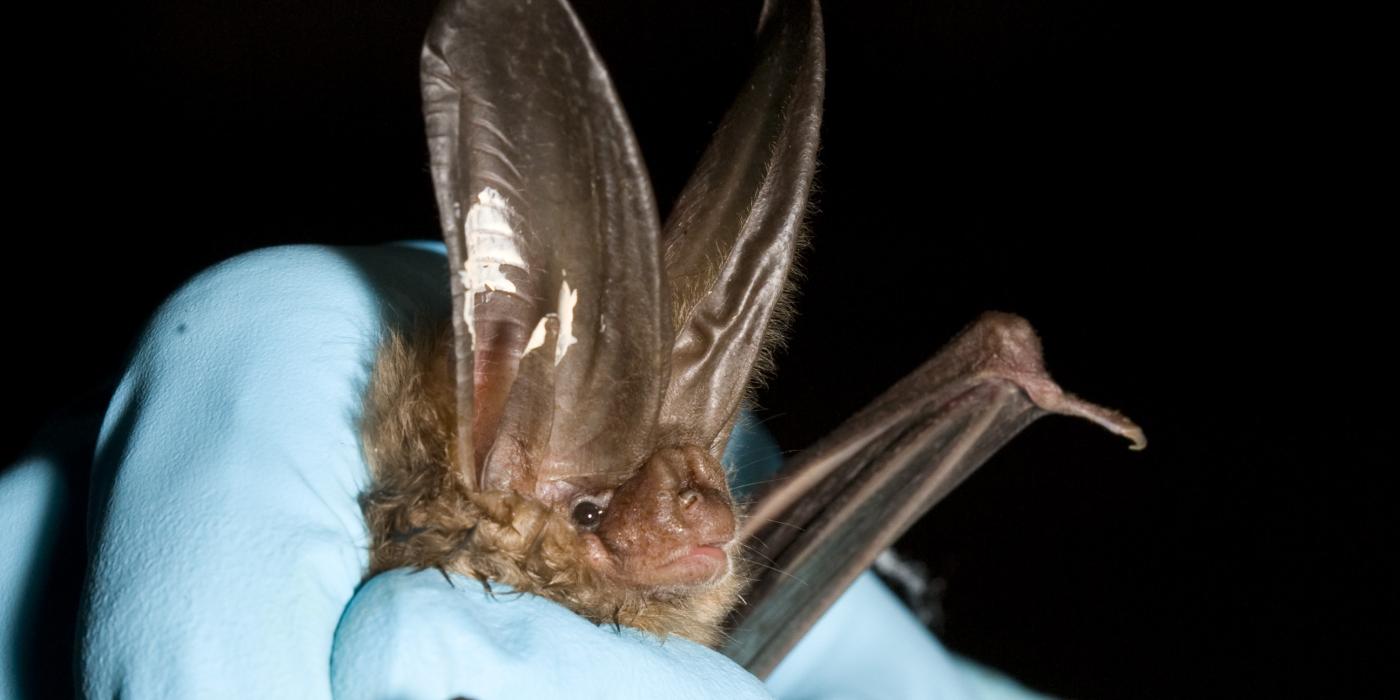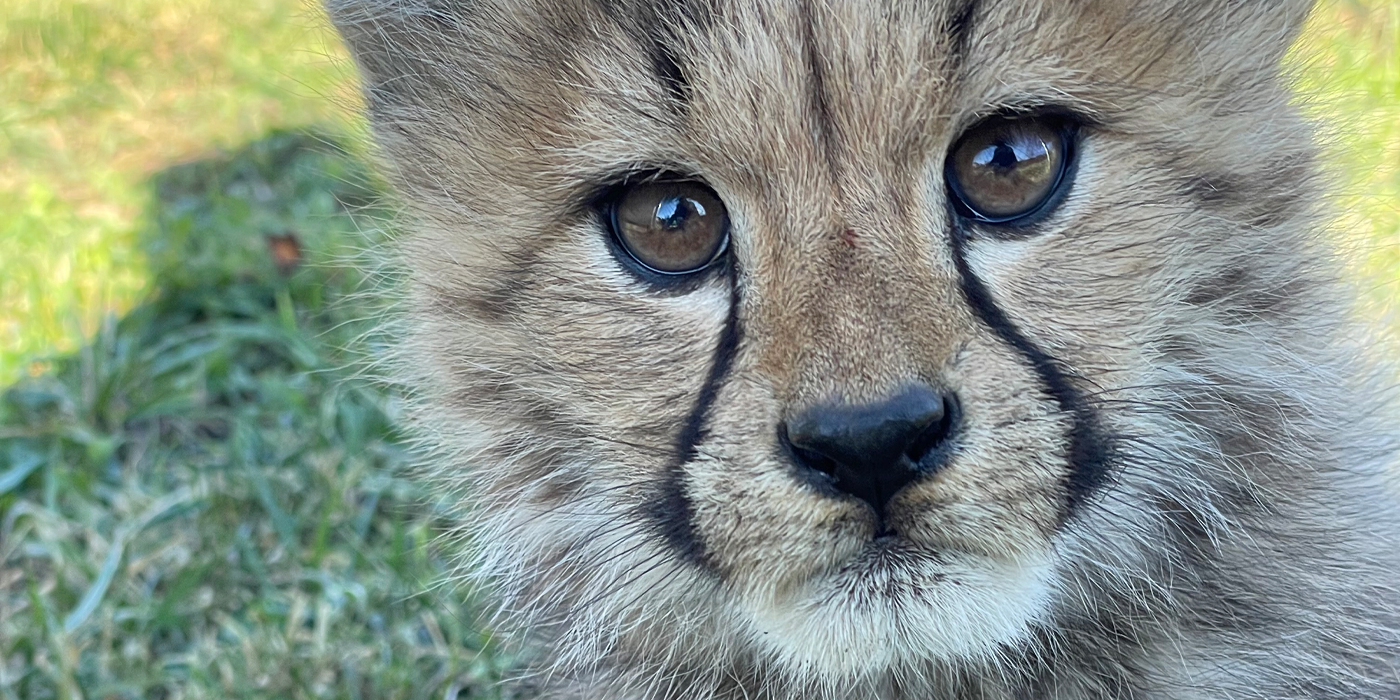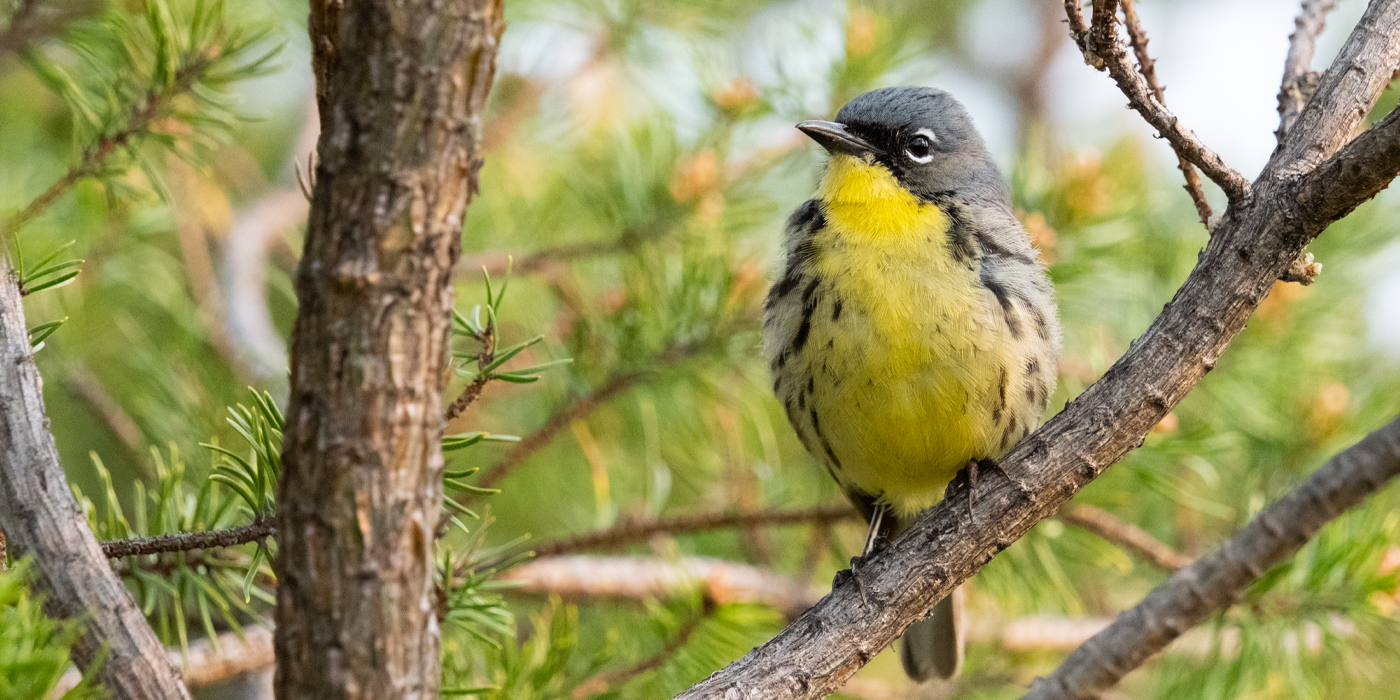Bats in the Lab: Tracking the Path of White-Nose Syndrome
These bats have been dead for more than a century, but they are finding a second “life” as a research specimen. It may sound like a spooky science fiction story, but it is actually the work of scientists at the Smithsonian Conservation Biology Institute’s Center for Conservation Genomics and the Smithsonian National Museum of Natural History. To understand the white-nose syndrome that affects bats today, researcher Michael Campana looked to 19th and 20th century bats to understand the disease’s spread. His research letter, entitled “White-Nose Syndrome Fungus in a 1918 Bat Specimen from France,” was published September 2017 in Emerging Infectious Disease.
What is white-nose syndrome?
White-nose syndrome is caused by Pseudogymnoascus destructans, a fungus that covers the non-hairy parts of its bat victims with white fungal fibers. White-nose syndrome was first discovered in 2006. As of July 2017, scientists have found the fungus in 33 states as well as five Canadian provinces. In caves where it appears, it kills 90 to 100 percent of the bats, devastating their populations.
This fungus thrives in cold temperatures and only strikes bats in the winter when they’re hibernating and their immune systems are shut down. When bats sleep clumped together hanging from walls and ceilings of caves, there’s plenty of bat-to-bat contact and ample opportunity for the fungus to spread. It saps the bats’ fat reserves, and they die of starvation.
Why study historical bats?
Although white-nose syndrome has been documented in current Eurasian bat populations, no one had studied historic bats to determine how and when P. destructans spread across the old world. By studying how the bats responded to the pathogen in the past, we can learn more about their current immune response and help predict how they will respond in the future.
We were able to successfully identify this pathogen in historic specimens, which proves that we can use historic specimens to help us answer some of today’s biological questions. What makes me most optimistic about this project is that we have not ruled out that bats can adapt to a really nasty pathogen. That gives us hope for the animals that are in such critical straights right now.
How did you select which bats to study?
The best way to learn about ancient disease is to study historic specimens. We turned to our colleagues in the Smithsonian's National Museum of Natural History division of mammals; they have more than 590,000 mammal specimens—including bats from Eurasia and North America.
Rather than focus on a specific species of bat, we examined specimens that were native to regions in Europe and the Eastern United States where P. destructans or a related fungus were present. We wanted to see if we could identify an evolutionary response to the pathogen infection in historic Eurasian bats. If they did respond to it, that would be a hopeful sign for today’s North American bats.
One of the biggest challenges of studying live bats involves researchers trekking into native habitats, locating and netting the animals. White-nose syndrome may spread on the caving gear of spelunkers and scientists, so some caves have been closed to humans in an effort to prevent white-nose from spreading further. When we study historical specimens, they’ve already been collected for us, and we pose no risk to the bats.
What are the challenges of working with historical bats?
No matter what species we are studying, we want to preserve the specimen as much as possible while extracting as much information as we can. This can be a tough balancing act, especially if the DNA molecules that we are looking for are not well preserved.
How did you test the bats for white-nose syndrome?
The fungus colonizes the bat on its wings and rostra (snout), so we brushed cotton swabs over these areas in order to collect samples. This technique is delicate enough that it does not harm the specimen but absorbent enough to pick up traces of P. destructans.
How many tested positive for white-nose syndrome?
Out of the 138 bats that we swabbed, only one tested positive for white-nose syndrome. That specimen was a Bechstein’s bat collected in 1918 in France. To ensure that this bat indeed had P. destructans and the others did not, we replicated the test. When working with old specimens, it is not uncommon to have both false positive and/or false negative results, so we ran diagnostics multiple times to verify our results.
What does this mean for today’s bats?
The strain of P. destructans that we found in the 100-year-old Bechstein’s bat matches the strain that we see in North American bat populations. The pathogen has been around in Europe for at least 100 years, which is well before the first documented occurrence of white-nose syndrome. This evidence supports our hypothesis that our North American bats are suffering from an invasive strain of P. destructans.
This strain does not affect Eurasian bats in the same way that North American bats are affected. Each species is unique and responds differently to different pathogens. So, it is possible that some species may be able to adapt to white-nose syndrome, while others may not. This helps explain why white-nose syndrome has spread so rapidly through the North American bat population.
This story appears in the October 2017 issue of National Zoo News. Naoko P. Kurata, Jeffrey T. Foster, Lauren E. Helgen, DeeAnn M. Reeder, Robert C. Fleischer and Kristofer M. Helgen also contributed to the journal publication.



